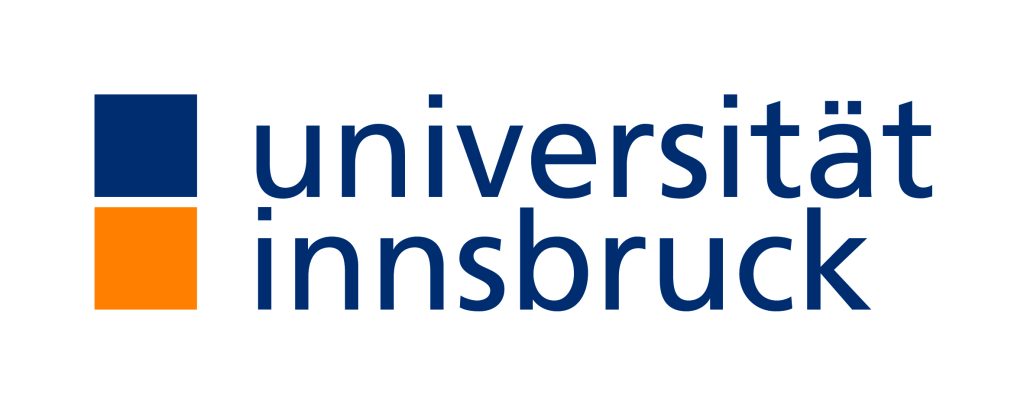The wait is over!
The wait is over! We are beyond excited to share with you our new product:
μGraphiline – an advanced and fully automated system for sample graphitization and carbon dating!
This system was designed by experienced engineers and scientists passionate about making research not just reliable but also efficient yet simple.
μGraphiline is a system of eight indeendent modules that do not require liquid nitrogen or any working gasses to operate, making it unique and easier to maintain.
The system is also able to process various types of samples. After combustion, 95% of the obtained CO₂ is then converted into 1 mg graphite targets!
Targets are prepared in just 3.5 hours, meaning that the sample throughput is quite impressive (with up to 24 samples processed per an 8-hour working day for a standard 8-module configuration).
μGraphiline’s modularity makes it easily adjustable to the Researcher’s needs.
The grand reveal took place today (Mon, Apr 15th) at the EGU General Assembly 2024, Vienna, Austria, where we invite you to visit us at our expo in booth No 103. There, you can talk to our representatives and see μGraphiline in action and also take a look at our μDOSE+ system!






























